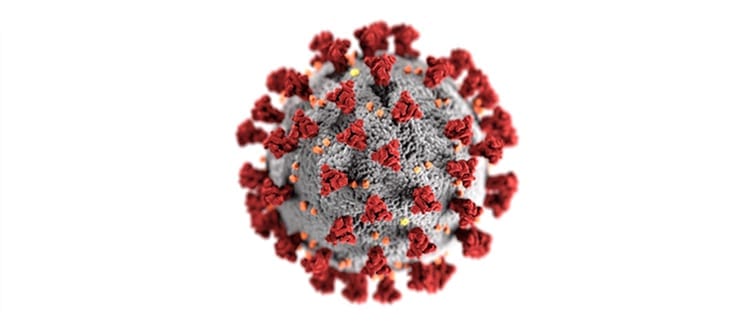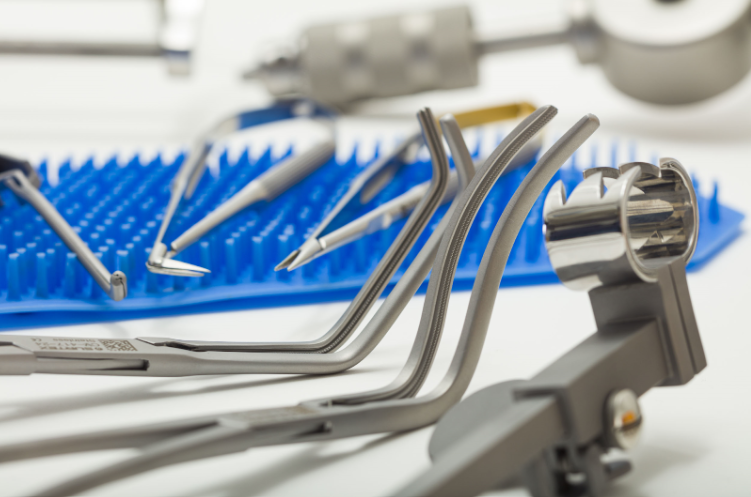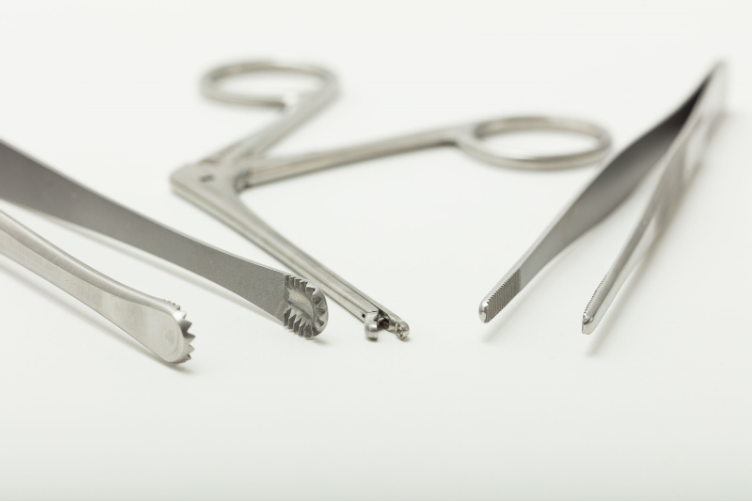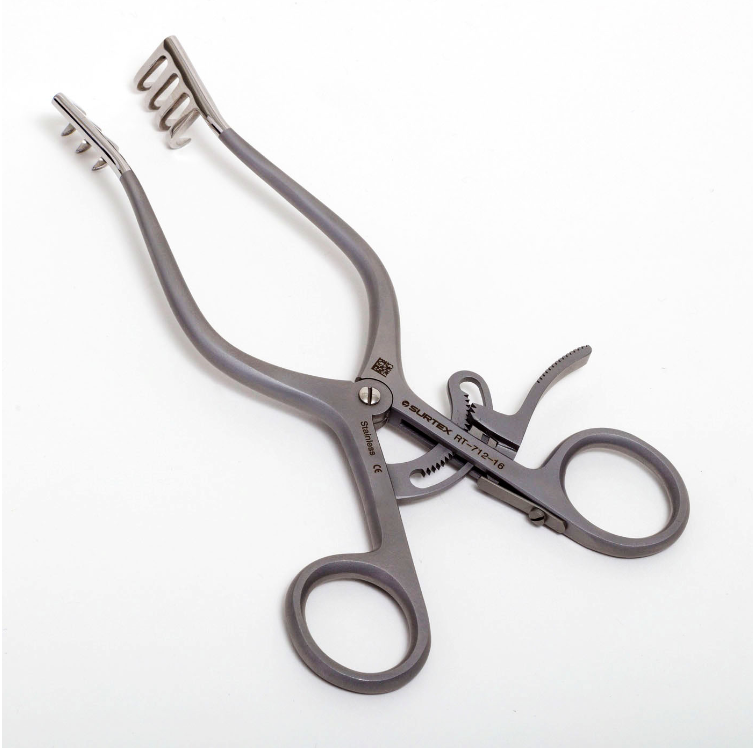Basic Throat Surgery
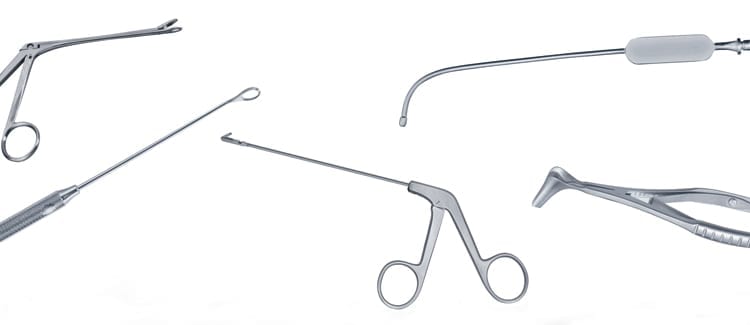
The throat consists of the pharynx, the larynx and the trachea. It acts as the vital channel for the passage of air into the lungs (through the larynx and trachea) and the food into the stomach (through the pharynx and esophagus). It also has several anatomical structures that may require surgical manipulations during times of disease. These structures include the tonsils, adenoids, vocal cords, trachea and thyroid gland.
The tonsils are lymphoid tissues at the back of the throat. They are an important part of the body’s immune system. It is part of the Waldeyer’s tonsillar ring of tissues, which also includes the adenoid tonsil, two tubal tonsils and the lingual tonsil. These lymphoid tissues may be inflamed repeatedly and need removal in a procedure called tonsillectomy. Sometimes, the removal of the adenoid tissues is also required, and this is known as adenoidectomy. Tonsillectomy and adenoidectomy often are performed at the same time in a procedure called adenotonsillectomy. Tonsillectomy with or without adenoidectomy is one of the most common surgical procedures performed in children.
An adeno-tonsillectomy procedure is usually performed under general anesthesia. Otolaryngologists and anesthesologists are cautious during this procedure as it involves a shared airway between the two specialties. During the procedure, the patient is placed on a monitor to observe their oxygen saturation, so that no obstruction of their breathing occurs. At the end of the procedure, an otolaryngologist is cautious to remove the inflamed tissues adequately, and that the bleeders are properly stopped. This set includes a wide variety of tonsillectomy instruments, such as the Henke Tonsil Elevator, the Schnidt Tonsil Haemostatic Forcep and the teethed Blohmke Tonsil Grasping Forcep.
The larynx is the anatomical box that is responsible for our voice. It performs that function because it contains the vocal cords and resides as a continuation above the trachea. As the air passes outwards from the lungs during expiration, a set of muscles move the vocal cords to make the sounds of speech. The structures of the larynx may be affected by benign or malignant tumors. The most common benign tumours in the larynx are papillomas. Such tumors may affect the person’s voice or breathing and require dissection and removal.
The trachea is also known as the wind-pipe, and it carries the air we breathe down to the lungs. Obstruction of this flow of air by a foreign body or a mass may lead to emergency and life-threatening situations. Foreign bodies can be removed by procedures known as laryngoscopy, where the inner lumen of the airways is directly or indirectly visualized, and forceps are used to remove the intruding material.
Patients with chronic upper airway obstruction by a tumor, and patients who have respiratory difficulty who require long-term invasive ventilation, may require a procedure known as a tracheostomy. In this procedure, an incision is made in the anterior aspect of the neck and trachea to bypass a higher obstruction or avoid the need for a long-term ventilation. In this procedure, the skin, the subcutaneous tissues and the muscles at the front of the trachea are properly incised and retracted to visualize the anterior surface of the trachea. After an incision in the trachea is made and dilated properly, a tracheostomy tube is inserted to maintain the opening after the procedure.
The thyroid gland is a bi-lobar endocrine gland that secretes thyroid hormones into the blood to regulate metabolism and various bodily functions. The gland lies in front of the trachea, and sometimes, when the gland enlarges and forms a goitre, this leads to the affection of breathing. An increased release of thyroid hormones may also affect the heart and cause a condition known as thyrotoxicosis. In other cases, the gland may enlarge due to a tumor. The surgery in which the thyroid gland is removed is known as a thyroidectomy.
We at Surtex Instruments manufacture this basic throat surgery set to cover a wide variety of manipulations and procedures. This includes instruments to increase the visualization of the surgical site, such as the Volkmann retractors and instruments to move the soft tissues, such as the Bruenings Tongue Depressor.
We also provide instruments for cutting, dissection and trimming tissues, using a wide assortment of handles and blades to suit different surgical preferences. This includes the Reynolds Dissecting Scissor, the Metzenbaum Dissecting Scissor and the UltraCut™ TC Metzenbaum-Lahey Dissecting Scissor.
We also manufacture a range of hemostatic forceps for critical procedures, such as tonsillectomy, which require impeccable postoperative results, as bleeding in this area can lead to life-threatening respiratory obstruction. These include Birkett Haemostatic Forceps, and Negus Haemostatic Forceps. Versatile surgical tools are also included, such as the Allis Intestinal and Tissue grasping forceps which can be used to hold and place gauze materials in packing procedures and stopping bleeders. The Fergusson Suction Tube is also included to aid in removing blood and fluids in order to optimize the surgical field.
Join our newsletter
Specify the advantages, benefits of joining the newsletter, setting the spam rate.

